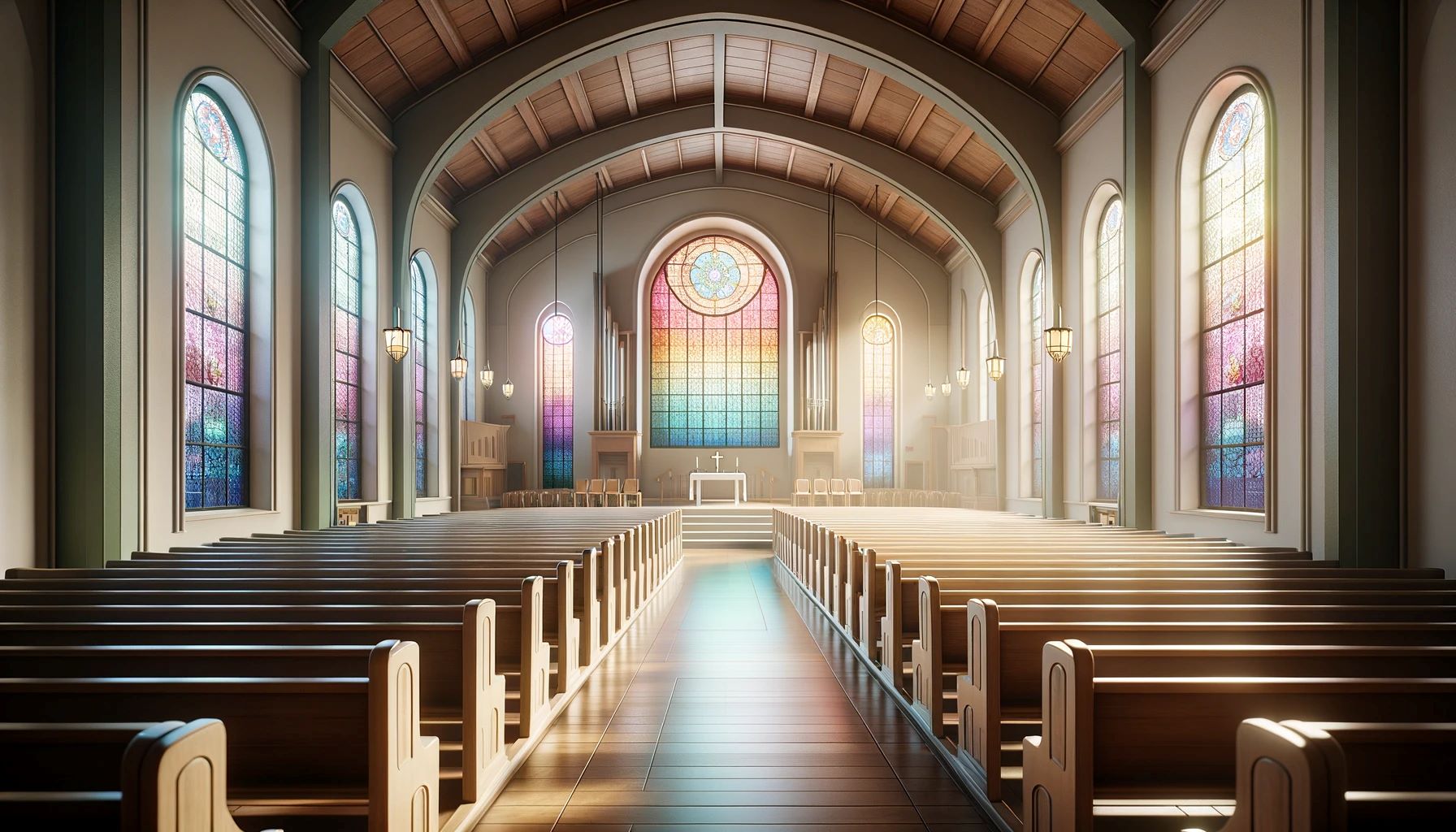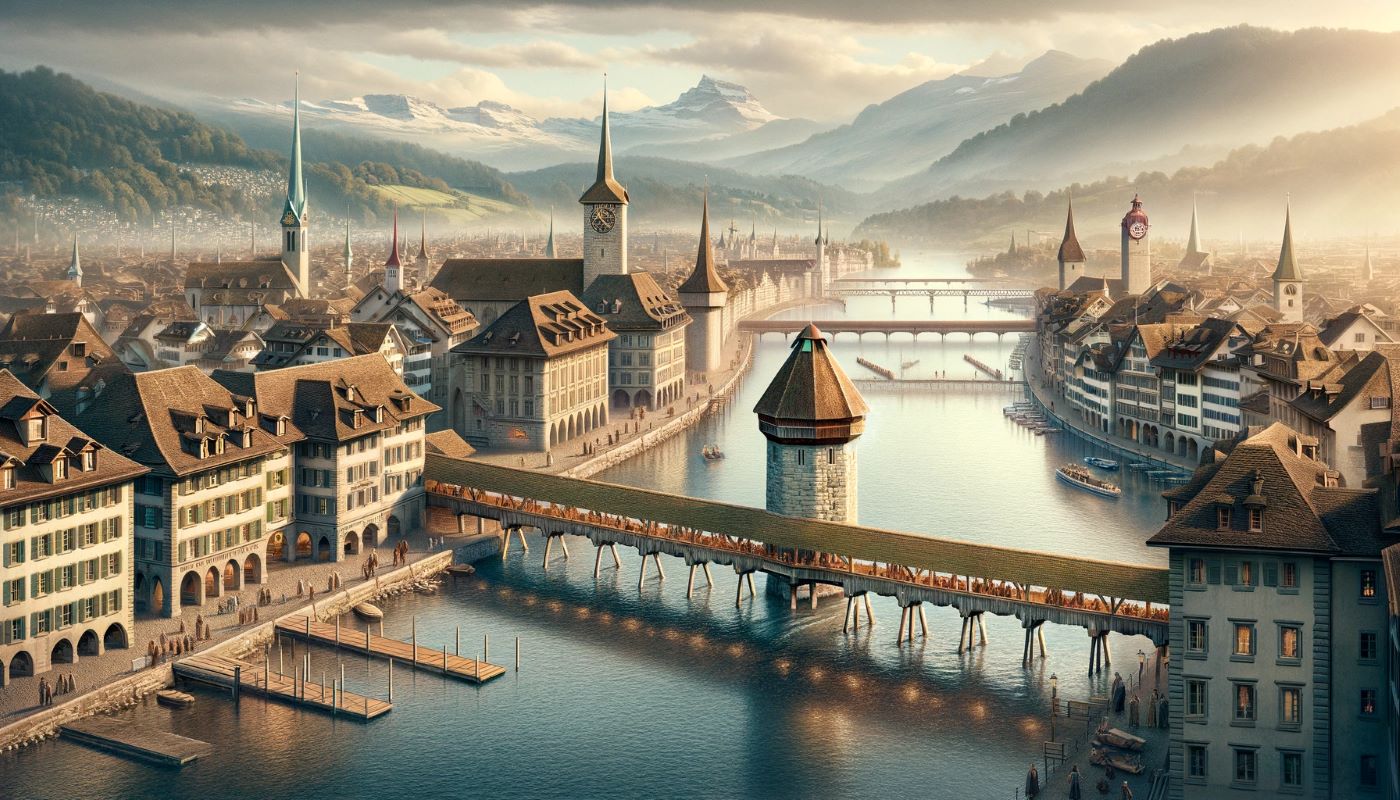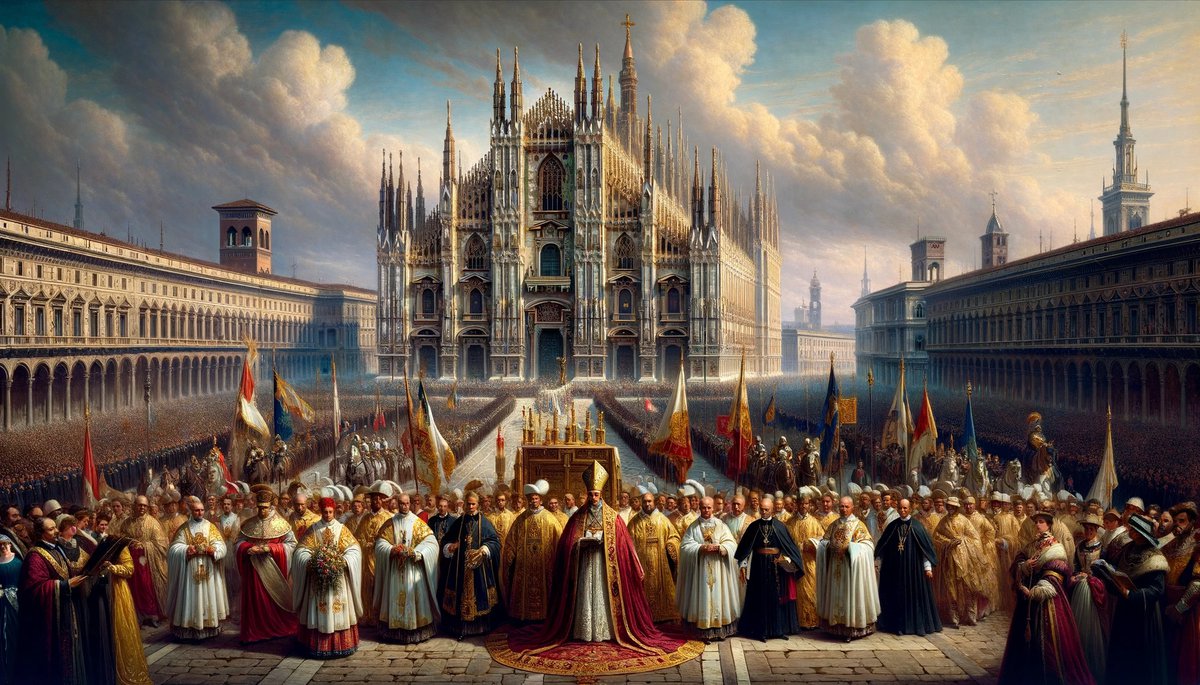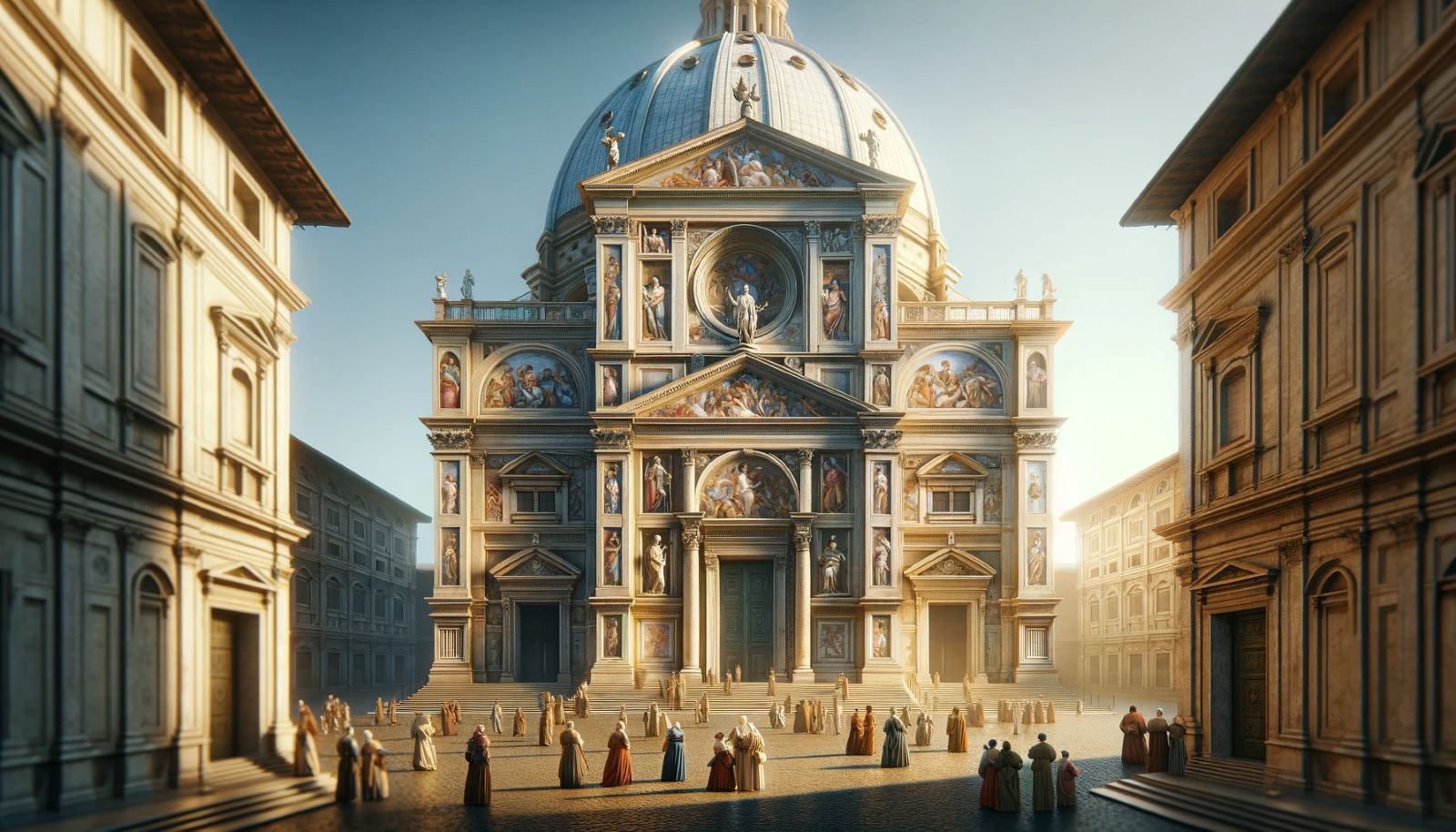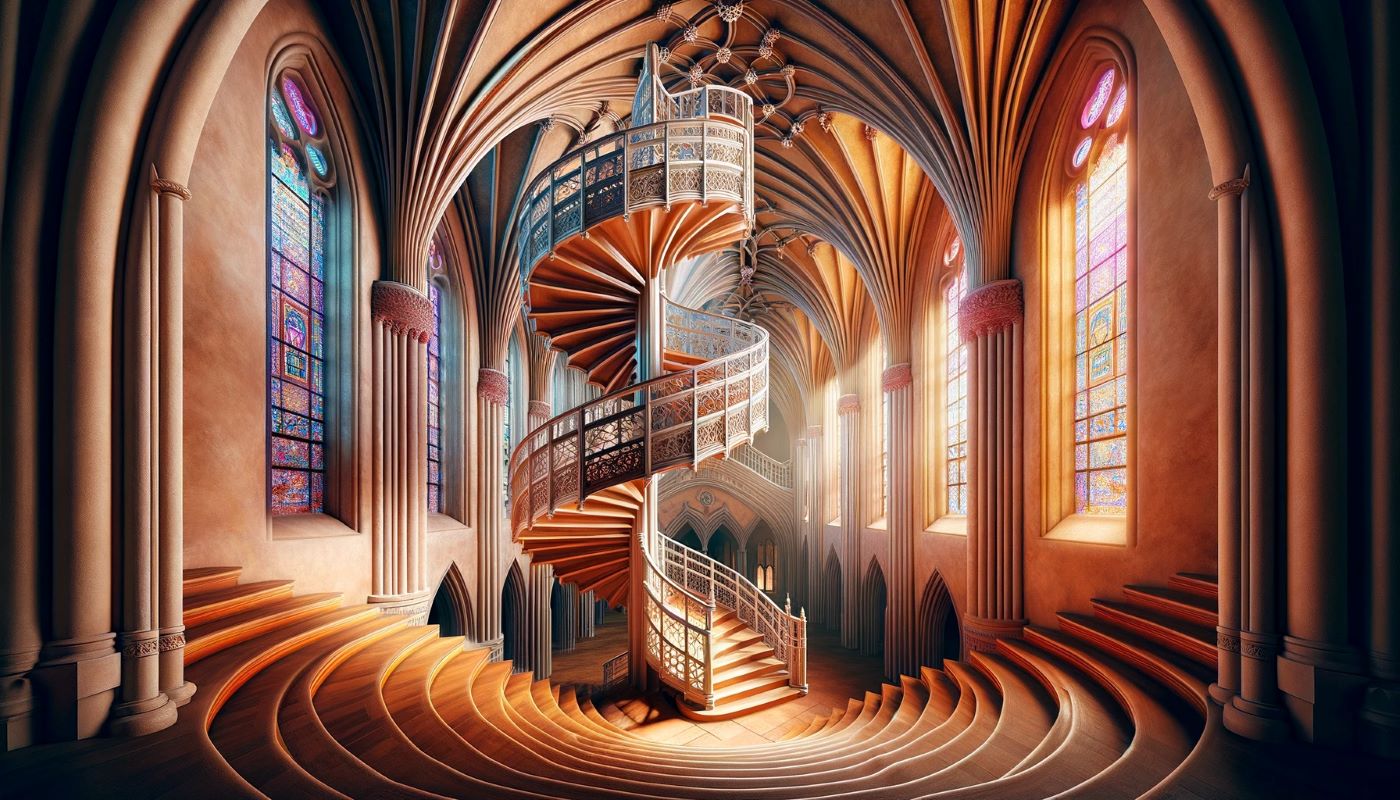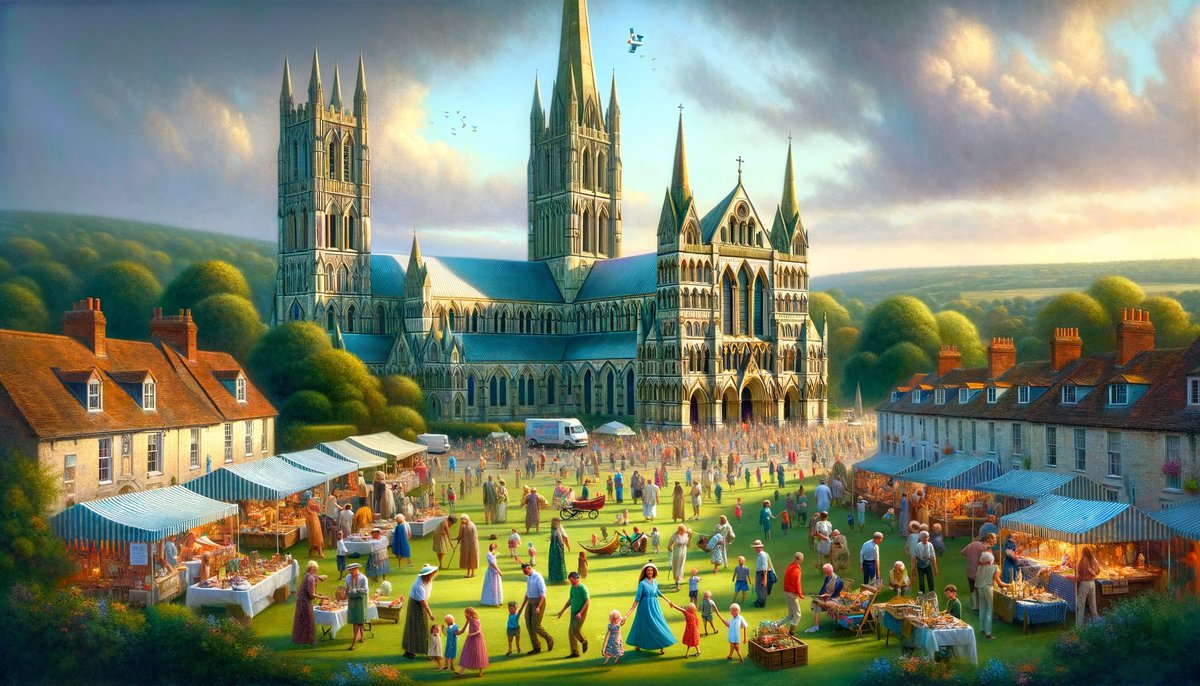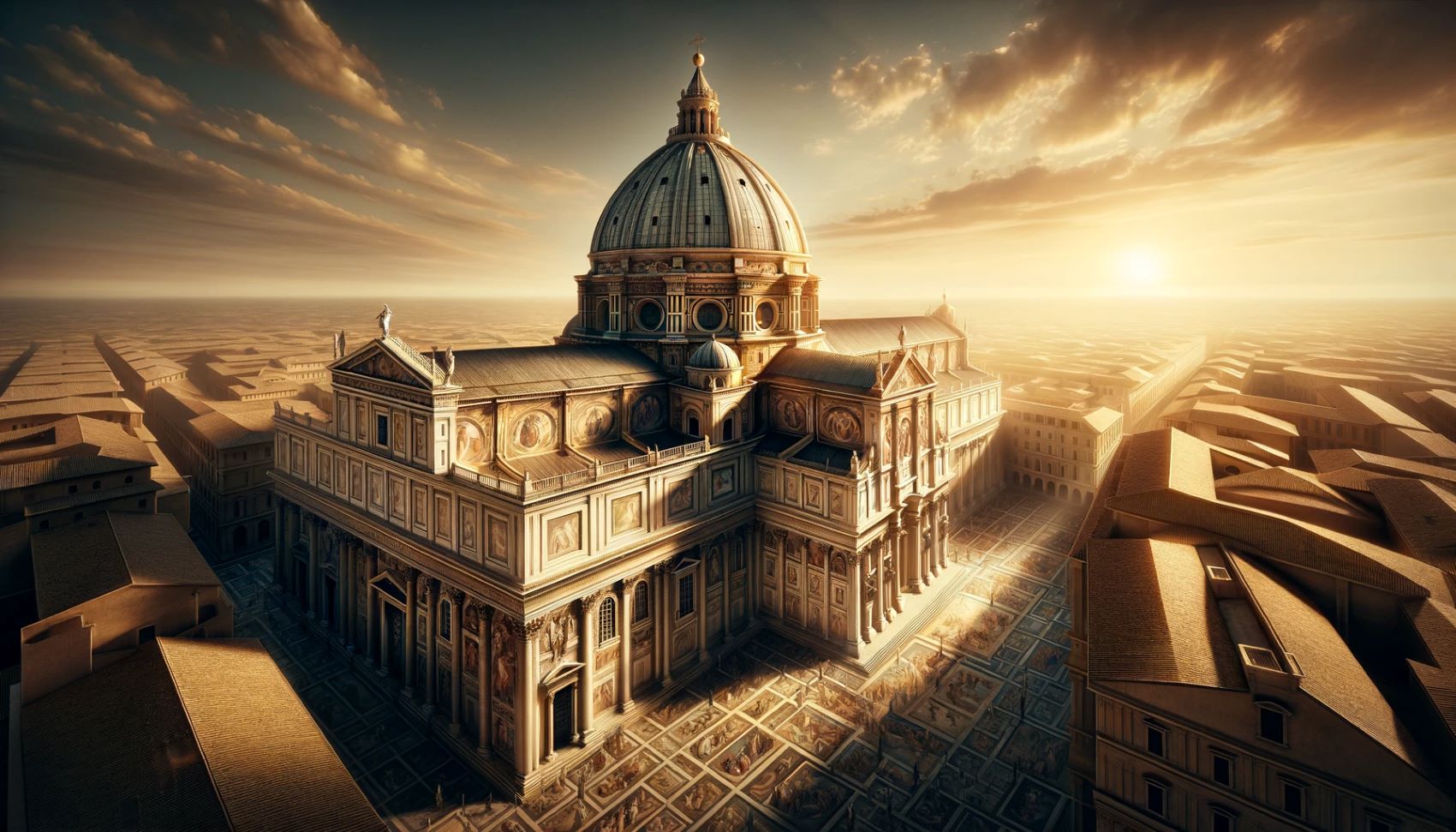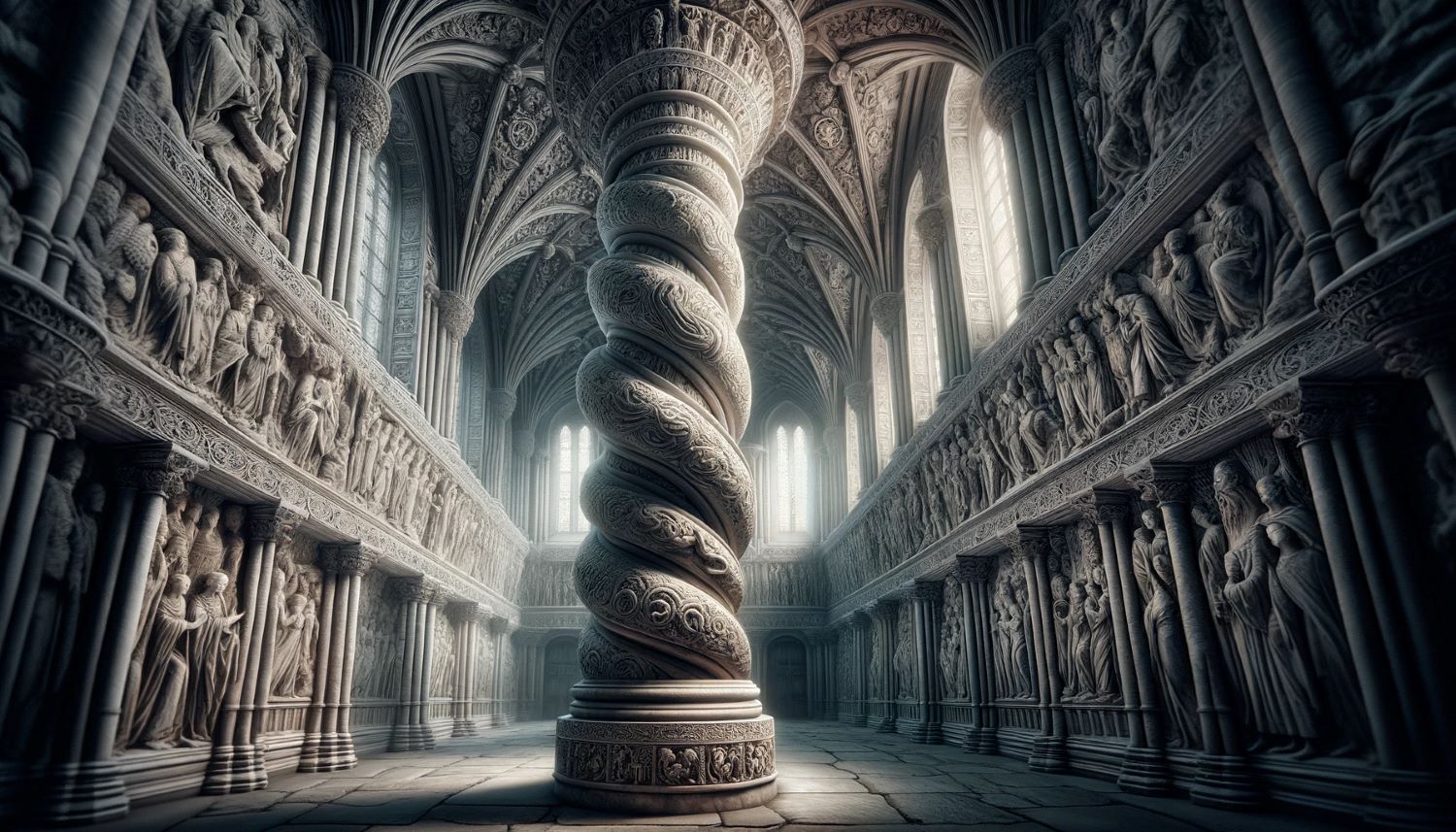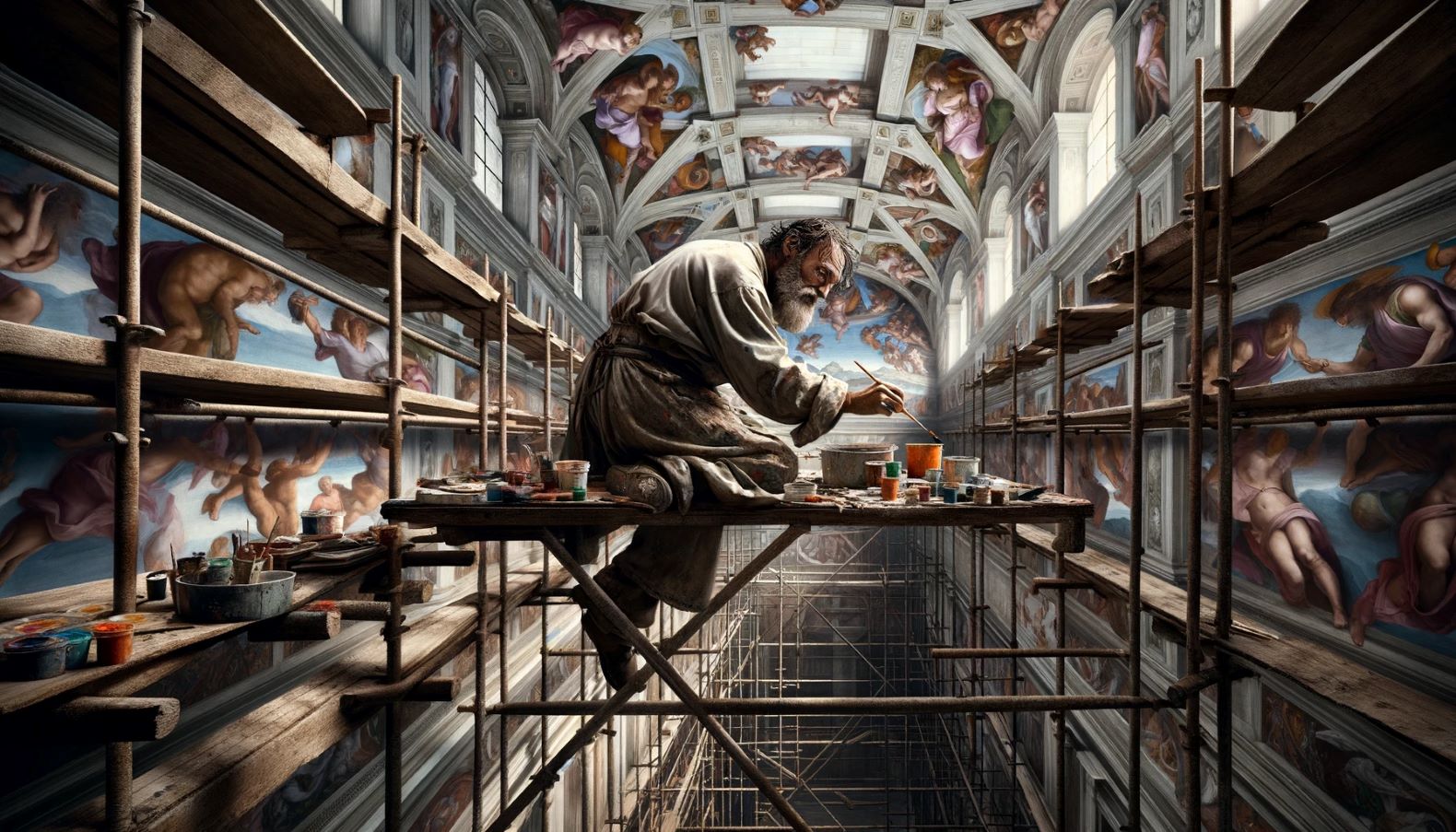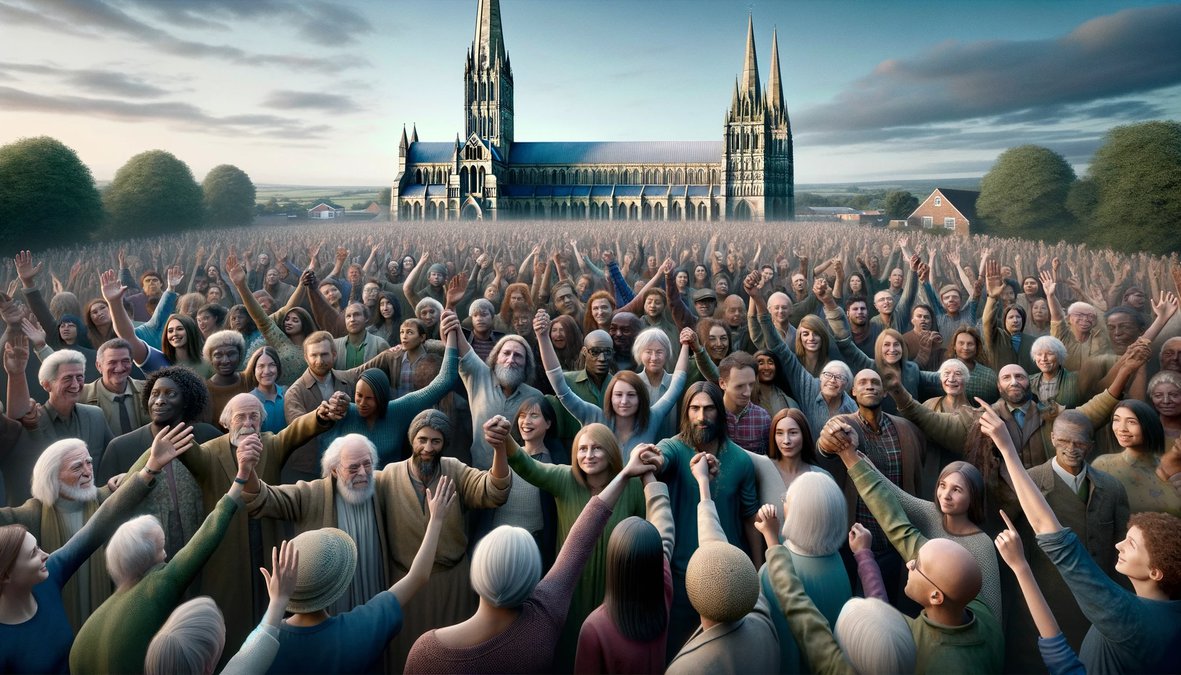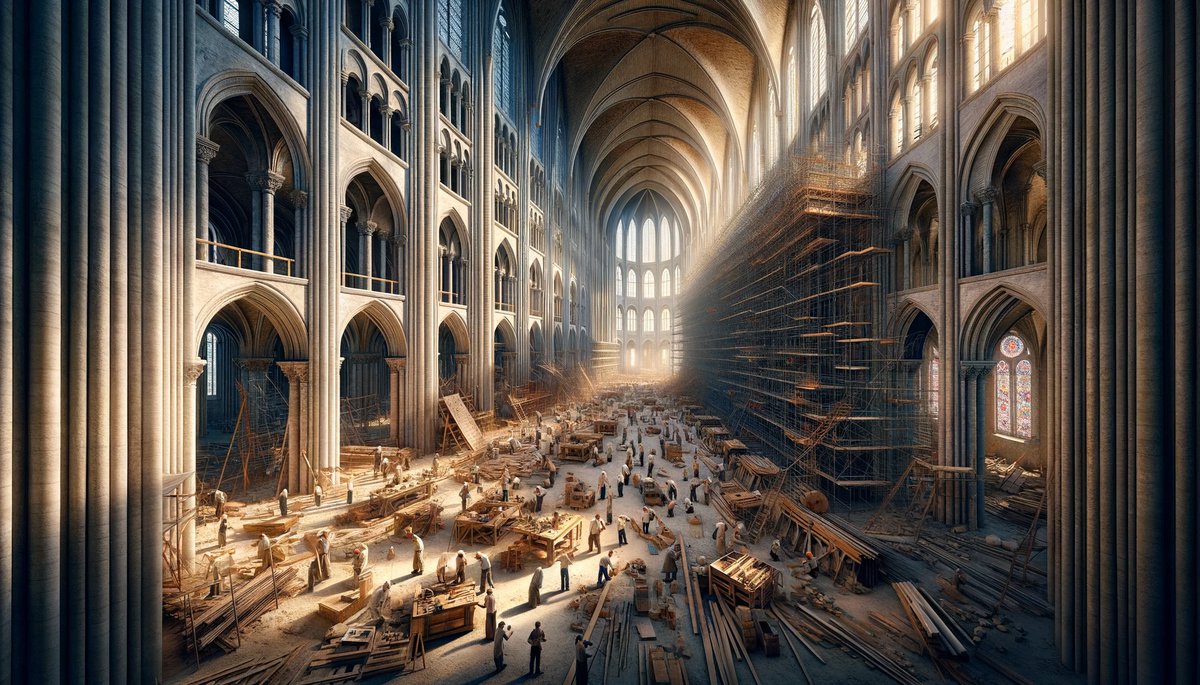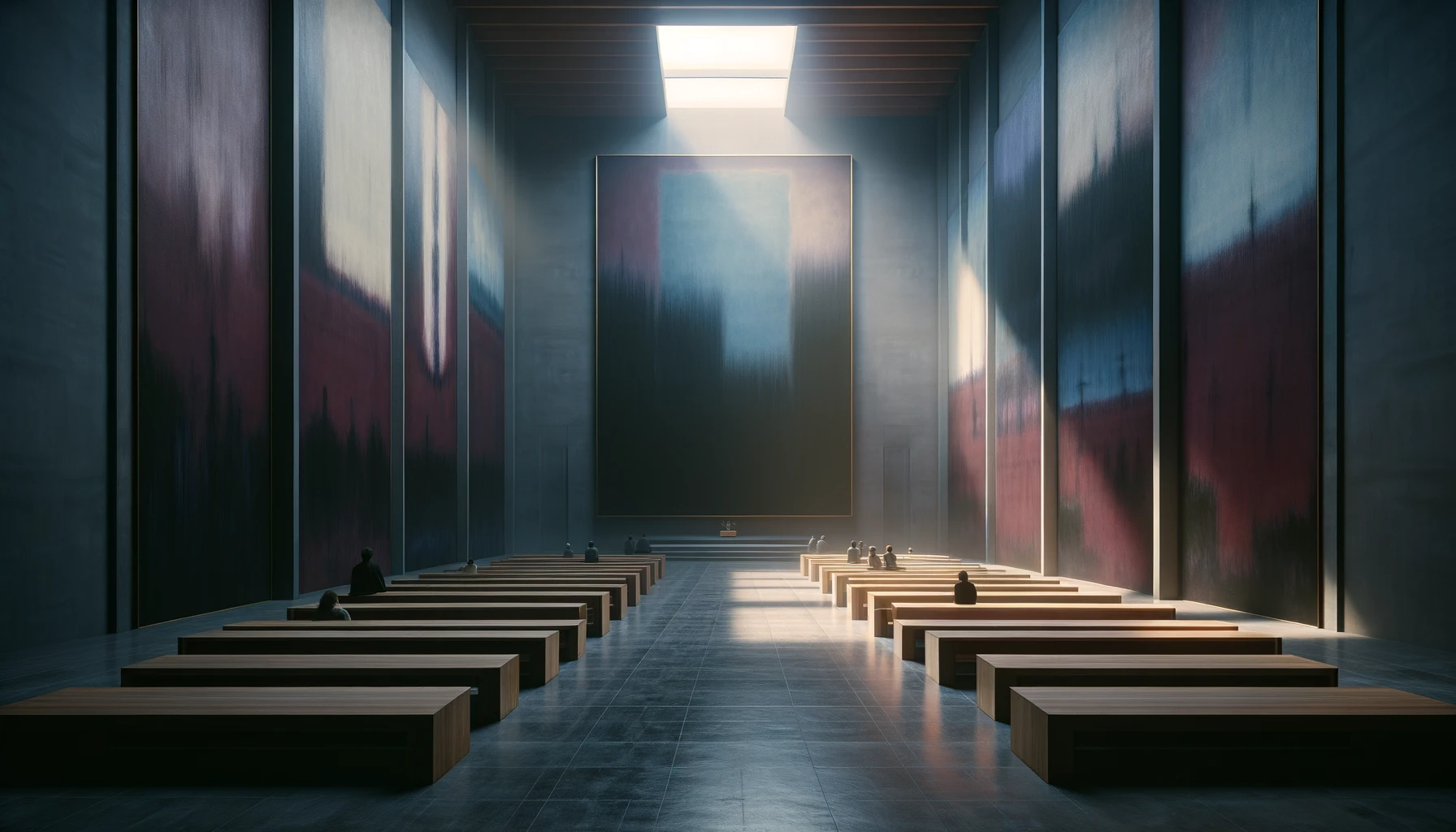Home>Arts and Culture>Why Was The Chapel Of Bones Built
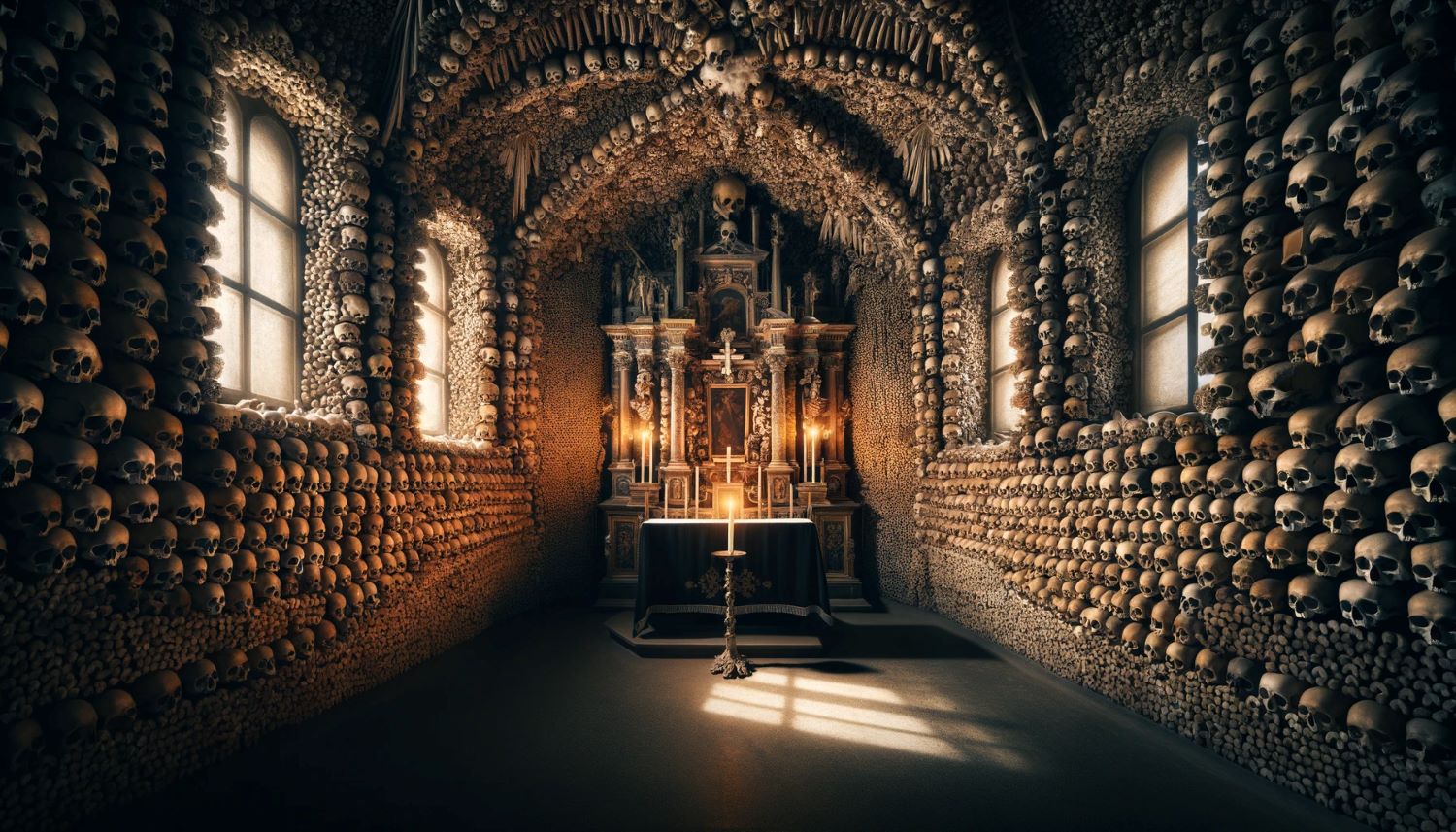

Arts and Culture
Why Was The Chapel Of Bones Built
Published: March 4, 2024
Peter Smith, Editorial Director at Christian.net, combines deep insights into faith, politics, and culture to lead content creation that resonates widely. Awarded for his contributions to religious discourse, he previously headed a major organization for religious communicators, enhancing dialogue on faith's societal impacts.
Discover the history and significance of the Chapel of Bones, an intriguing piece of arts and culture, and learn why it was built. Uncover the secrets behind this unique architectural wonder.
(Many of the links in this article redirect to a specific reviewed product. Your purchase of these products through affiliate links helps to generate commission for Christian.net, at no extra cost. Learn more)
Table of Contents
The History of the Chapel of Bones
The Chapel of Bones, also known as Capela dos Ossos, is a famous chapel located in Évora, Portugal. It was built in the 16th century by a Franciscan monk who aimed to create a place for contemplation and reflection on the transience of human life. The chapel is part of the Church of St. Francis and is one of the most popular tourist attractions in Évora. The construction of the chapel was initiated as a response to the overwhelming number of cemeteries in the city, which were taking up valuable land. The monk, in an effort to address this issue, decided to use the bones from these cemeteries to create a unique and thought-provoking space.
The Chapel of Bones was constructed during a time of great religious fervor in Portugal. The country was experiencing the height of the Age of Discovery, and there was a strong emphasis on the transient nature of human life. The chapel served as a physical representation of the passage of time and the inevitability of death. It was a way for the church to remind people of the importance of leading a pious and virtuous life, as well as a place for the faithful to contemplate their own mortality.
The construction of the chapel was completed in the early 16th century, and it has since become a significant historical and cultural landmark in Portugal. The walls of the chapel are adorned with the bones and skulls of approximately 5,000 individuals, creating a haunting yet mesmerizing atmosphere. The entrance to the chapel is marked by a famous inscription that translates to "We bones that are here, await yours." This chilling message serves as a stark reminder of the transient nature of human life and the inevitability of death.
The Chapel of Bones stands as a testament to the religious and philosophical beliefs of the time in which it was built. It continues to attract visitors from all over the world who are drawn to its macabre yet captivating allure. The chapel's history is a reflection of the complex interplay between religion, mortality, and the human experience, making it a truly unique and thought-provoking site to explore.
Read more: Why Was The White Chapel In Egypt Built
The Purpose of the Chapel of Bones
-
Contemplation and Reflection: The primary purpose of the Chapel of Bones was to provide a space for contemplation and reflection on the transient nature of human life. The macabre display of bones and skulls served as a stark reminder of the inevitability of death, prompting visitors to ponder the fleeting nature of their existence.
-
Religious Instruction: The chapel also served as a tool for religious instruction. It was designed to convey the message of the transience of earthly life and the importance of spiritual contemplation. Through the visual impact of the bones, the church aimed to impress upon visitors the significance of leading a virtuous and pious life.
-
Utilization of Human Remains: The use of human bones in the construction of the chapel was intended to address the issue of overcrowded cemeteries in Évora. By incorporating the bones from these cemeteries into the chapel, the Franciscan monks sought to create a space that would serve as a final resting place for the deceased while also providing a thought-provoking environment for the living.
-
Symbolism of Mortality: The Chapel of Bones was a physical representation of the transient nature of human life. The deliberate arrangement of bones and skulls within the chapel was meant to symbolize the universality of death and the equality of all in the face of mortality. It was a powerful visual representation of the belief that in death, all individuals are ultimately the same.
-
Spiritual Contemplation: The chapel was intended to evoke a sense of spiritual contemplation and introspection. Visitors were encouraged to meditate on the brevity of life and the importance of spiritual preparedness for the afterlife. The somber atmosphere of the chapel was designed to inspire a deep sense of introspection and reverence for the fragility of human existence.
The Chapel of Bones served as a multifaceted space with the purpose of prompting deep introspection, spiritual contemplation, and a profound understanding of the transient nature of human life. Its unique construction and haunting ambiance continue to captivate visitors, inviting them to engage with profound existential questions and the timeless themes of mortality and spirituality.
The Construction of the Chapel of Bones
The construction of the Chapel of Bones was a meticulous and haunting endeavor that involved the deliberate arrangement of human remains to create a space that would serve as a poignant reminder of mortality. The walls of the chapel are adorned with the bones and skulls of approximately 5,000 individuals, carefully arranged in intricate patterns. The process of assembling these macabre displays required a deep reverence for the deceased and a profound understanding of the symbolic power of the human skeleton.
The construction of the chapel involved the careful selection and arrangement of human bones and skulls, which were obtained from the overcrowded cemeteries of Évora. The Franciscan monks responsible for the construction meticulously arranged the bones to create intricate designs and patterns on the walls and pillars of the chapel. The deliberate placement of these remains was intended to evoke a sense of solemnity and contemplation, prompting visitors to confront the universal reality of death.
The architectural design of the Chapel of Bones was a crucial aspect of its construction. The interior of the chapel features a series of arches and columns, all adorned with human bones and skulls. The careful integration of these skeletal elements into the architectural structure of the chapel created a visually striking and emotionally evocative space. The deliberate juxtaposition of the bones against the architectural elements served to heighten the impact of the chapel's design, emphasizing the interplay between life, death, and the enduring presence of mortality.
The construction of the Chapel of Bones was a labor of reverence and contemplation, as the Franciscan monks sought to create a space that would inspire deep introspection and spiritual reflection. The deliberate arrangement of human remains within the chapel's architecture was a testament to the monks' commitment to conveying the profound message of the transient nature of human life. The construction process itself was a solemn and deliberate endeavor, resulting in a space that continues to captivate and provoke contemplation among visitors from around the world.
The Symbolism of the Chapel of Bones
The Chapel of Bones is steeped in profound symbolism, serving as a powerful visual representation of the transient nature of human life and the universal reality of mortality. The deliberate arrangement of human bones and skulls within the chapel carries deep symbolic significance, evoking contemplation and introspection on the fragility of existence. The macabre display of skeletal remains serves as a stark reminder of the inevitability of death, prompting visitors to confront the universal truth that transcends individual differences and societal distinctions. The intentional juxtaposition of the bones against the architectural elements of the chapel underscores the interplay between life, death, and the enduring presence of mortality, inviting visitors to engage with the timeless themes of human transience and spiritual contemplation.
The Chapel of Bones stands as a testament to the equality of all in the face of mortality. The deliberate arrangement of human bones within the chapel's architecture serves as a poignant reminder that in death, all individuals are ultimately the same. Regardless of one's station in life or societal standing, the chapel's macabre display of bones and skulls emphasizes the universal truth of mortality, transcending the boundaries of social hierarchy and individual identity. This symbolism invites visitors to reflect on the impermanence of earthly distinctions and the fundamental equality of all in the face of death.
The chapel's macabre display of human bones and skulls also symbolizes the interconnectedness of life and death. The deliberate integration of these skeletal elements into the architectural structure of the chapel serves to underscore the inextricable link between the ephemeral nature of human existence and the enduring presence of mortality. The juxtaposition of the bones against the architectural elements creates a visually striking and emotionally evocative space, inviting visitors to contemplate the profound interplay between life, death, and the enduring legacy of mortality. This symbolism prompts deep introspection on the cyclical nature of existence and the timeless themes of mortality and spirituality.
Furthermore, the Chapel of Bones symbolizes the impermanence of earthly life and the importance of spiritual preparedness for the afterlife. The haunting ambiance of the chapel, accentuated by the deliberate arrangement of human remains, serves as a powerful visual representation of the transient nature of human life. The macabre display of bones and skulls prompts visitors to contemplate the brevity of existence and the significance of leading a virtuous and pious life. This symbolism invites deep introspection on the fleeting nature of earthly pursuits and the enduring importance of spiritual contemplation in the face of mortality.
In essence, the Chapel of Bones is a profound testament to the enduring symbolism of mortality and the universal truths that transcend individual differences. Its deliberate arrangement of human bones and skulls within the architectural structure serves as a powerful visual representation of the transient nature of human life, inviting visitors to engage with profound existential questions and the timeless themes of mortality and spirituality.
The Impact of the Chapel of Bones
The Chapel of Bones has left a profound and enduring impact on visitors, scholars, and religious pilgrims alike. Its macabre yet captivating allure has sparked contemplation, introspection, and scholarly inquiry, leaving an indelible mark on those who have experienced its haunting ambiance. The chapel's impact extends beyond its physical presence, transcending time and space to provoke deep reflection on the transient nature of human life and the enduring legacy of mortality. Visitors from around the world have been captivated by the chapel's profound symbolism, prompting them to engage with existential questions and timeless themes of spirituality and mortality.
Scholars and historians have been deeply intrigued by the Chapel of Bones, recognizing its historical, cultural, and religious significance. The chapel has served as a subject of scholarly inquiry, inspiring research and academic discourse on the religious and philosophical beliefs of the time in which it was built. Its impact on the academic community has led to a deeper understanding of the chapel's role in conveying profound messages about the transient nature of human life and the universal reality of mortality. The enduring legacy of the Chapel of Bones continues to stimulate scholarly curiosity and intellectual exploration, contributing to a greater understanding of its historical and cultural significance.
Religious pilgrims and spiritual seekers have been profoundly moved by the Chapel of Bones, finding in its haunting ambiance a space for deep introspection and contemplation. The chapel's impact on spiritual contemplation has been profound, prompting visitors to confront existential questions and engage with the timeless themes of mortality and spirituality. The chapel's symbolism has resonated deeply with those seeking spiritual enlightenment, serving as a catalyst for profound moments of introspection and reverence for the fragility of human existence. Its impact on the spiritual journey of pilgrims and seekers has been profound, leaving an enduring impression on those who have sought solace and spiritual contemplation within its walls.
The Chapel of Bones has also had a lasting impact on the cultural landscape of Évora, drawing visitors from around the world and contributing to the city's cultural heritage. Its status as a popular tourist attraction has brought attention to the historical and architectural significance of Évora, contributing to the city's cultural and economic vitality. The chapel's impact on the cultural identity of Évora has been significant, solidifying its place as a unique and thought-provoking site that continues to captivate and inspire visitors from diverse backgrounds.
In essence, the impact of the Chapel of Bones extends far beyond its physical presence, leaving a lasting impression on scholars, spiritual seekers, and visitors from around the world. Its profound symbolism, historical significance, and cultural impact have solidified its place as a timeless and thought-provoking site that continues to provoke contemplation and introspection on the enduring themes of mortality and spirituality.


